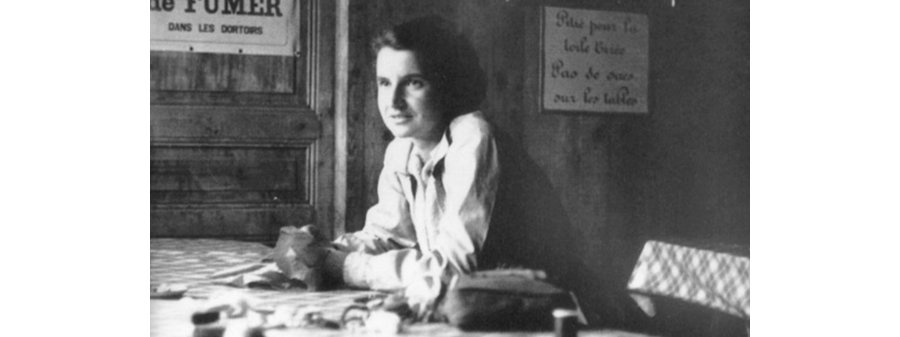Rosalind Franklin and 70th anniversary of publication of structure of DNA

Today, Jerry Coyne reminds us, is the 70th anniversary of the publication of the structure of DNA in three Nature papers by Watson and Crick; Wilkins, Stokes, and Wilson; and Franklin and Gosling. Coyne takes the opportunity to remind us that much of the “folklore” concerning Rosalind Franklin is false and based on a nearly fictional characterization written by James Watson, who frankly makes himself look like a fool. At any rate, it was Watson himself who initiated the conceit that a critical X-ray interferogram taken by Franklin had actually been stolen.
Coyne cites new work by Matthew Cobb and Nathaniel Comfort showing that in fact neither Watson nor Crick himself saw the critical interferogram. Cobb is a biologist at Manchester and is writing a biography of Watson; Comfort is a historian of science at Johns Hopkins University and is writing a biography of Crick. The two collaborated and discovered that Watson and Crick had actually read a report, and that Franklin knew that Max Perutz had passed the report to them. Indeed, Franklin remained friends with Crick throughout the rest of her life.
None of this will be exactly shocking to anyone who has read The Secret of Life: Rosalind Franklin, James Watson, Francis Crick, and the Discovery of DNA’s Double Helix, by the scientist and historian Howard Markel. I reviewed the book on Amazon here (it is a bad habit I occasionally indulge in). Franklin was a remarkable scientist who, as the Wikimedia caption notes, contributed to understanding the structures of DNA, RNA, viruses, coal, and graphite.
I came away from Markel’s book with the impression that Watson had seen the X-ray interferogram, and Franklin was unaware that he had. The work of Cobb and Comfort suggests that in fact Watson had not seen the X-ray let alone stolen it. That said, the end of Markel’s book is a long, long interview with Watson, and I thought that Watson, for whatever reason, came across as knowing that he had not been entirely honest.
